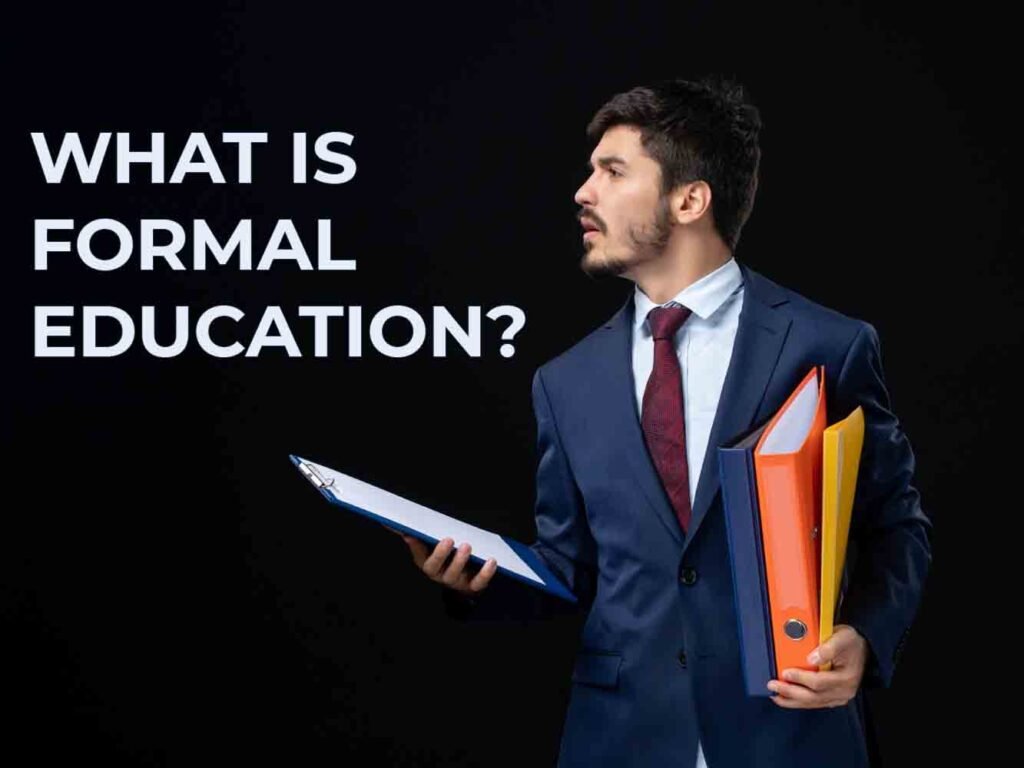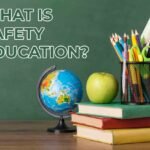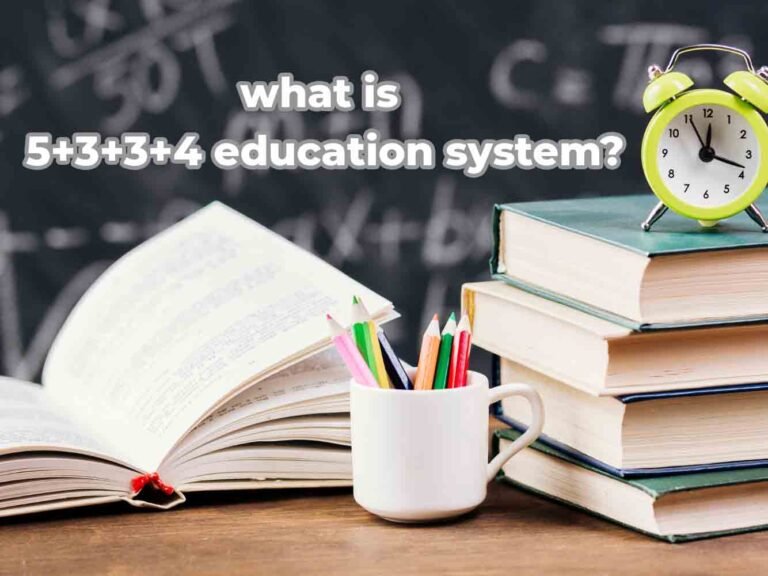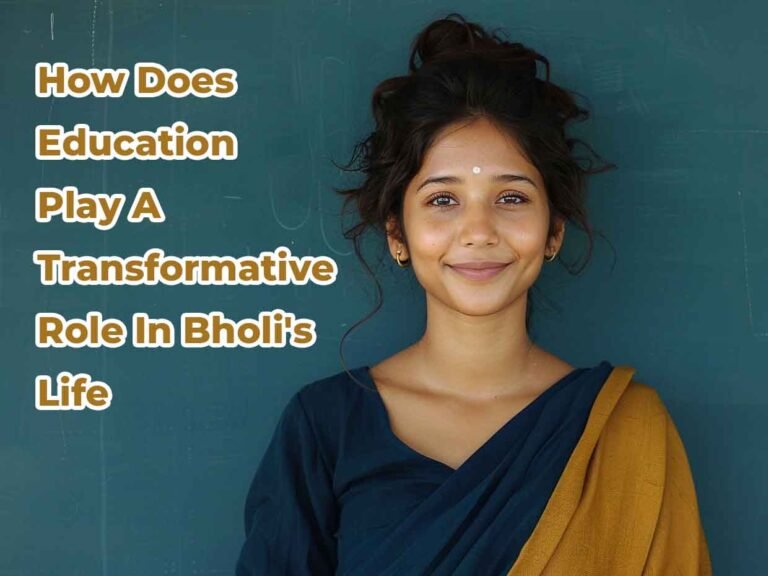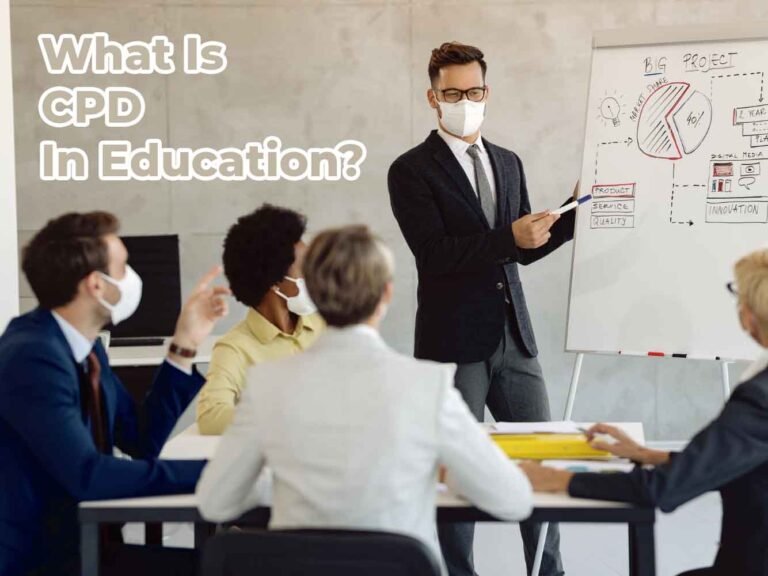Introduction
Formal education is an organized system of learning carried out in controlled surroundings, including colleges, universities, or schools. Well defined curricula, a structured schedule, and qualified teachers guiding students across a predefined syllabus define this kind of instruction. From early childhood education to advanced university degrees, formal education lays the groundwork for learning the knowledge and abilities required for both personal and professional growth. Usually following a straight line, it moves children through several tiers depending on their age and academic performance.
Formal education is usually enforced by government rules and is generally required by law up to a particular age, unlike informal or non-formal education, which can occur in many locations and may not follow a defined curriculum. It is quite important in determining people’s futures since it gives them the credentials required to participate in society, follow professions, and boost the economy. Promoting social mobility also depends much on the formal education system since it gives people from many backgrounds the chance to better their living conditions by means of education.
What is Informal Education?
Often inadvertently and without a set curriculum, informal education is the learning that takes place outside of a classroom. It includes the knowledge and abilities gained by means of daily encounters, including interactions, observations, and practical exercises. Unlike formal education, informal education does not usually follow a specific syllabus or timetable and is not usually given by certified teachers.
It is more flexible and can happen anywhere, from the home to the workplace. Personal growth depends much on informal education since it lets people study at their speed and in line with their interests, so facilitating often lifelong learning.
Comparison of Formal and Informal Education
Formal and informal education have quite different approaches, structures, and results. Whereas informal education is unorganized and without a fixed curriculum or schedule, formal education is regimented with a set curriculum, scheduled classes, and trained teachers. While informal education happens organically via life events, formal education is sometimes required and occurs inside establishments like colleges and universities.
While informal education emphasizes personal development and practical life skills, formal education is mostly meant to transmit particular knowledge and abilities required for professional and social positions. Both kinds of instruction have great value and enhance one another during the general learning process.
What is Formal Education in Pakistan?
Under the direction of the Ministry of Education, formal education in Pakistan operates in a disciplined framework with basic, intermediate, and university levels. Public and private sectors characterize Pakistan’s educational system; public schools use a national curriculum created by the government. Children between the ages of five and sixteen must attend school; Urdu is the main language of instruction, with English also used somewhat extensively.
Gender disparity, access to education, and quality of instruction all present difficulties for Pakistan’s educational system. Nonetheless, different reforms and projects aiming at addressing these problems help to raise the quality and reach of formal education.
The Difference Between Formal and Nonformal Education
Formal and nonformal education differ primarily in their delivery techniques, goals, and organization. In institutional environments like colleges and universities, formal education is highly controlled with a specified curriculum, set of planned courses, and emphasis on academic success. Conversely, nonformal education is more adaptable and frequently takes place outside of conventional learning environments.
Designed to satisfy particular learning needs and goals, it comprises programs including adult literacy classes, vocational training, and community education. While nonformal education is open to students of all ages and is frequently more pragmatic and focused on certain results, formal education is usually age-specific and follows a linear development.
What Is Formal Learning?
Formal learning is the process of learning knowledge and skills in disciplined and orderly surroundings, say a university, college, or school. It entails a fixed course of instruction, consistent tests, and qualified teachers guiding pupils over their educational path. Usually goal-oriented, formal education seeks to meet particular competency or qualification requirements.
Acquiring fundamental knowledge and specific skills required for career success and personal growth calls for this kind of learning. Employers and educational institutions acknowledge formal learning, so it is an essential part of every academic and professional development.
Benefits of Formal Education
Many of the advantages of formal education are absolutely vital for both society’s and personal growth. It gives people the basic knowledge and abilities needed for informed citizenship and professional success. Formal education also advances critical thinking, the ability to solve problems, and social and communication skills development.
It also provides chances for specialization so that people may work in particular disciplines. Formal education helps people to move socially, thereby allowing them to raise their socioeconomic level. Furthermore, it fosters a sense of discipline, responsibility, and lifelong learning, all of which are vital for personal growth and societal progress.
Challenges of Formal Education
Formal education has many drawbacks despite its advantages that could affect its efficacy. The unequal access to quality education is one of the main difficulties, especially in rural and underdeveloped areas. This disparity can restrict pupils’ possibilities and cause differences in learning results. The rigidity of the official education system presents another difficulty since it might not meet the several learning requirements and approaches of every pupil.
Stress and burnout can also result from the pressure to score highly on examinations of standards. Furthermore, the fast speed of technology development calls for ongoing curriculum and teaching technique changes, which presents difficulties for educational institutions trying to keep up.
The Role of Formal Education in Personal Development
By arming people with the knowledge, skills, and values required to negotiate the complexity of life, formal education is absolutely vital for personal development. By means of structured learning, students acquire critical thinking, problem-solving, and communication abilities crucial for both personal and professional success. All of which support personal development are self-discipline, responsibility, and a sense of accomplishment that formal education helps people create.
By exposing pupils to many ideas, cultures, and points of view, it also promotes socializing and helps them grow empathetically and with interpersonal skills. Formal education is a major force behind personal growth since it helps people to become informed and well-rounded members of society.
The Impact of Formal Education on Society
Serving as the pillar of economic prosperity, social cohesiveness, and cultural progress, formal education profoundly influences society. Formal education helps people develop the required skills and information, therefore producing a trained workforce that stimulates creativity and output. It also encourages social mobility, so allowing people from many backgrounds to better their situation and boost the economy.
Moreover, formal education instills shared values, rules, and a feeling of civic obligation, therefore promoting social cohesiveness. It is also quite important for maintaining and passing on cultural legacy so that the next generations are knowledgeable and active citizens.
Future of Formal Education
Technological developments, changing societal requirements, and the demand for more individualized learning experiences will probably define formal education in the future. Digital tools and platforms will be more and more used by educational institutions as technology develops to improve the learning process. To offer more flexible and easily available education, this can include the use of virtual reality, artificial intelligence, and online learning systems.
Furthermore, under increasing focus are abilities like critical thinking, creativity, and digital literacy that fit the fast changing employment environment. Formal education will likely also shift towards more learner-centered approaches, in which individual interests and needs will be taken into account, resulting in more engaging and effective learning.
Conclusion
Formal education is an essential component of human growth since it offers certified, ordered learning opportunities. It is fundamental for personal development, success in the workplace, and society’s forward motion. Knowing and valuing the many kinds of education helps one to see their special advantages and contributions.
FAQs
How do formal and informal education differ?
Structured and occurring in educational institutions, formal education results in acknowledged qualifications. Driven by personal interests and experiences, informal education is unstructured and happens outside of official environments.
How does formal education benefit individuals?
Formal education provides academic knowledge, professional qualifications, and personal growth. It enhances critical thinking, communication skills, and socialization.
How does formal education work?
Formal education consists of certified qualifications, trained teachers, a set course, and frequent tests.
What is the structure of formal education in Pakistan?
Formal education in Pakistan is separated into primary, middle, secondary, higher secondary, and university levels. It covers public and private schools as well as universities.
Is formal education facing any challenges today?
Among the difficulties formal education faces are inadequate resources, antiquated courses, and restricted access to high-quality instruction. Dealing with these problems calls for both thorough reforms and more educational funding.

